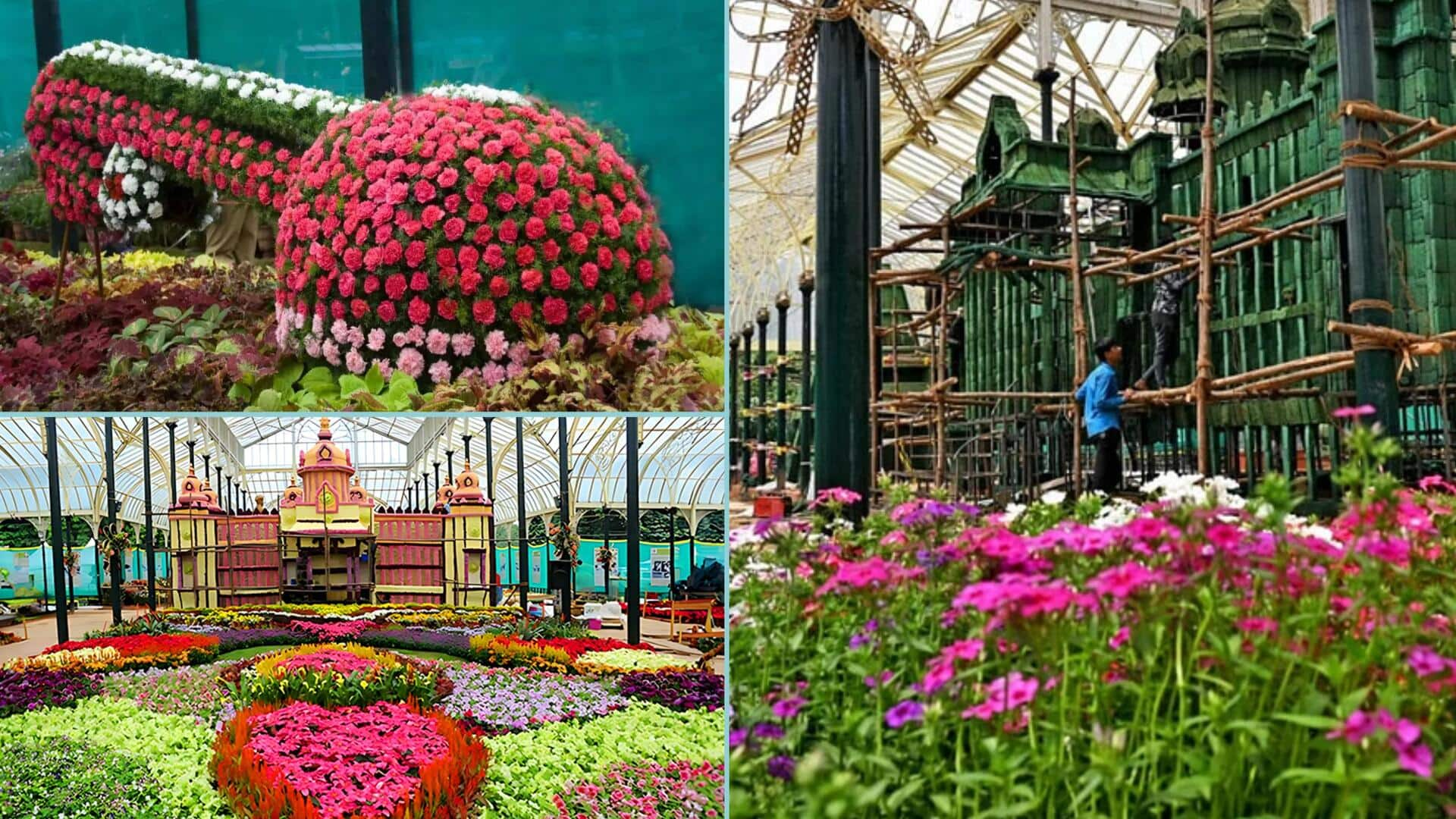
Bengaluru's Lalbagh to have its own miniature 'Western Ghats'
What's the story
Lalbagh Botanical Garden, one of Bengaluru's most popular tourist attractions, is now preparing to feature a miniature version of the Western Ghats. A new block is under construction on the south gate side, just behind the Lalbagh rock, to create a woodland patch resembling the Western Ghats. This is a move intended to diversify its collection of plants.
Plant varieties
240 saplings from the Western Ghats have been planted already
The Western Ghats, also called the Sahyadri, is a global biodiversity hotspot. To replicate the Ghats, about 240 saplings of 132 species from the Western Ghats were planted on a six-acre wasteland behind the Lalbagh rock on the south gate side, on August 1. As of now, the garden is home to about 2350 species, some of the trees being over 200 years old.
More plants
More plants will be planted
There will be an increase in plant species during the next few months, totaling 350-400 species. In the ensuing three to four years, the public will be able to access this new block. These plants were transported here from seven Karnataka districts that are part of the Western Ghats and are a mix of uncommon, endangered, threatened, and endemic species.
Gateway for people
The aim is to conserve and propagate the plant species
According to M Jagadeesh, joint director of horticulture (Lalbagh), the drive aims to "conserve and propagate" these species. He also wants the block to serve as a gateway for people who are unable to travel to the Western Ghats as well as a location for plant study and school outings. The newly planted species of plants include Rama patre, Mullu sampige, and Saalu dhoopa.
Maintenance
Maintaining the patch
Reportedly, the authorities contacted private vendors, plant explorers, and research centers to find these plant sources. Per species, there will be three saplings. The authorities have placed 60 rain guns to replicate the environment of the Western Ghats. Additionally, the area will be operated intermittently every day to maintain rain and the humid atmosphere of the Ghats. A borewell has been dug for irrigation.